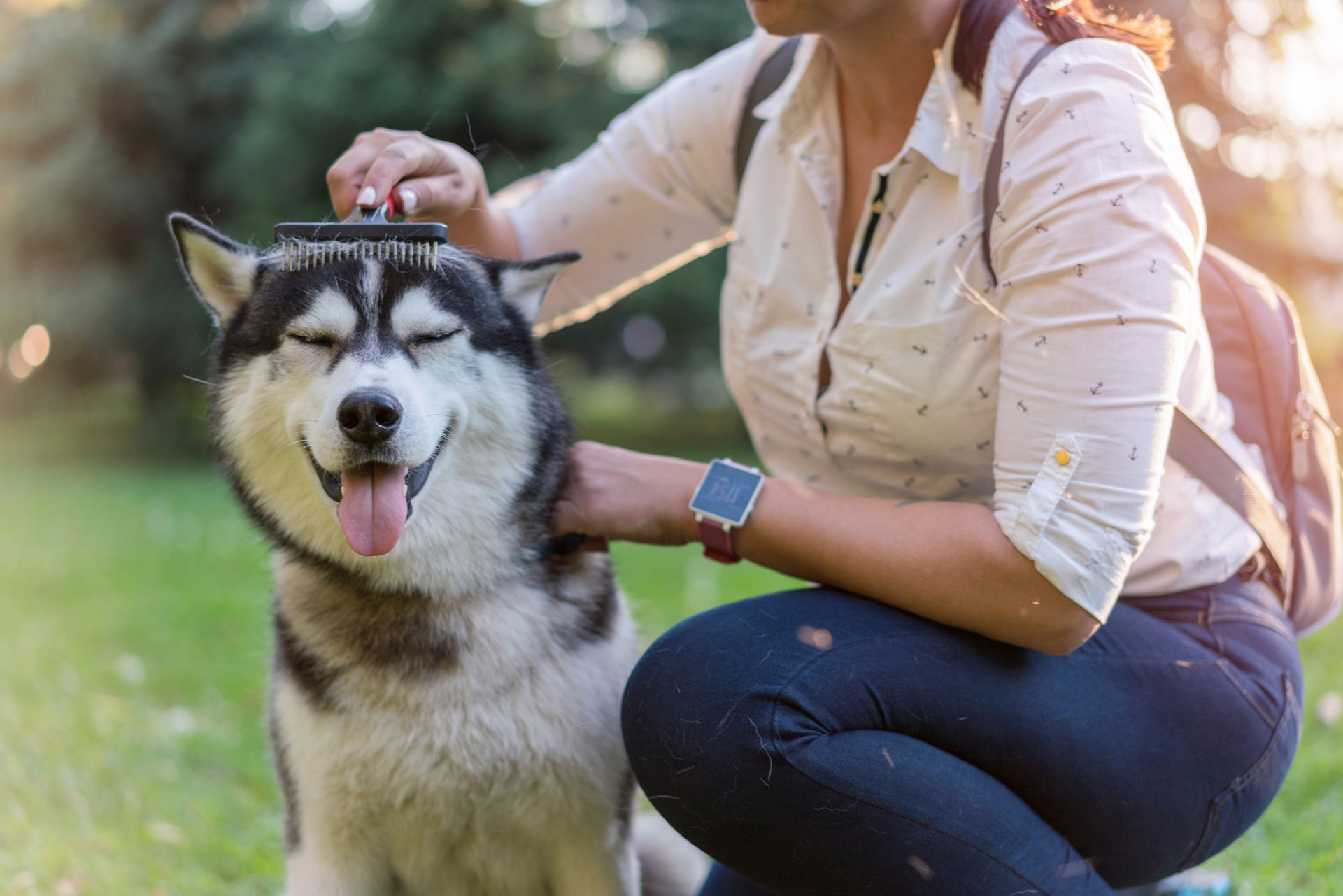If you share your home with a furry friend, you’re likely familiar with the never-ending battle against pet hair. Shedding is common for dogs and cats, and while it may seem like an inevitable part of owning a pet, understanding why it happens and how to manage it can make your life, and your pet’s, much more comfortable.
Why do cats and dogs shed their coat?
Shedding is a natural way to remove old or damaged hair and regulate your pet’s body temperature. While it’s a normal process, sometimes excessive shedding can indicate an underlying health condition. Here are some common reasons behind shedding:
Breed
The amount of shedding can differ significantly among breeds. Some breeds, like the Siberian Husky or Persian cat, are known for their heavy shedding, while others, such as Poodles, barely shed.
Seasonal changes
Most cats and dogs tend to shed more during seasonal transitions as they adapt to a lighter coat for summer coat and a thicker one for winter.
Age
Puppies and kittens shed their baby fur while growing their adult coats. Additionally, senior pets might experience more shedding due to the aging process.
Allergies
Diet, medication, irritating substances (like household cleaners) and environmental allergens can cause skin inflammation and shedding more than usual. Your vet can help identify the allergen and recommend treatment.
Stress
Changes in your pet’s environment, routine, or anxiety can increase shedding. If you think your pet is experiencing stress-induced shedding, talk to your vet. They can give you advice, recommend supplements and medication or refer you to a behaviourist.
Pregnancy and lactation
Pregnancy and nursing can deplete essential nutrients needed for a healthy coat, often leading to excessive shedding. If your cat or dog becomes pregnant, ask your vet for advice on putting them on a custom diet or supplements to strengthen her coat during this period.
Medical conditions
Underlying medical conditions, such as kidney, liver, or thyroid diseases, can have a secondary effect on your pet’s coat, causing excessive shedding. Parasite infestations and a poor diet lacking nutrients may also be culprits.
Tips to manage shedding
- Regular grooming.
Brush your pet regularly, using the right brush for their breed. This helps remove loose hair before it ends up on your furniture or clothes. - Specialised shampoos.
Some shampoos and conditioners can reduce shedding. Ask your vet or groomer to find the right product for your pet. - De-shedding tools.
Products like de-shedding brushes or gloves can effectively reduce loose hair. Ask your vet for their recommendation for your pet. - Healthy diet.
A well-balanced diet rich in vitamins and minerals can promote a healthier coat and reduce shedding. Ask your vet for dietary recommendations. - Parasite protection.
Keep fleas and other nasty parasites away with regular parasite protection. - Stress management.
Minimise stressors in your pet’s life by providing a stable environment and plenty of attention. Exercise and playtime are great stress relievers for your furry friend. - Veterinary check-ups.
Regular vet visits can help identify underlying health issues contributing to excessive shedding. - Cleaning your home.
Invest in a vacuum cleaner designed for pet hair and use a lint roller to remove hair from your clothes.
If your pet is shedding excessively, book an appointment to see your vet. They’ll examine your pet thoroughly to determine if there’s an underlying health concern and recommend appropriate treatment.







